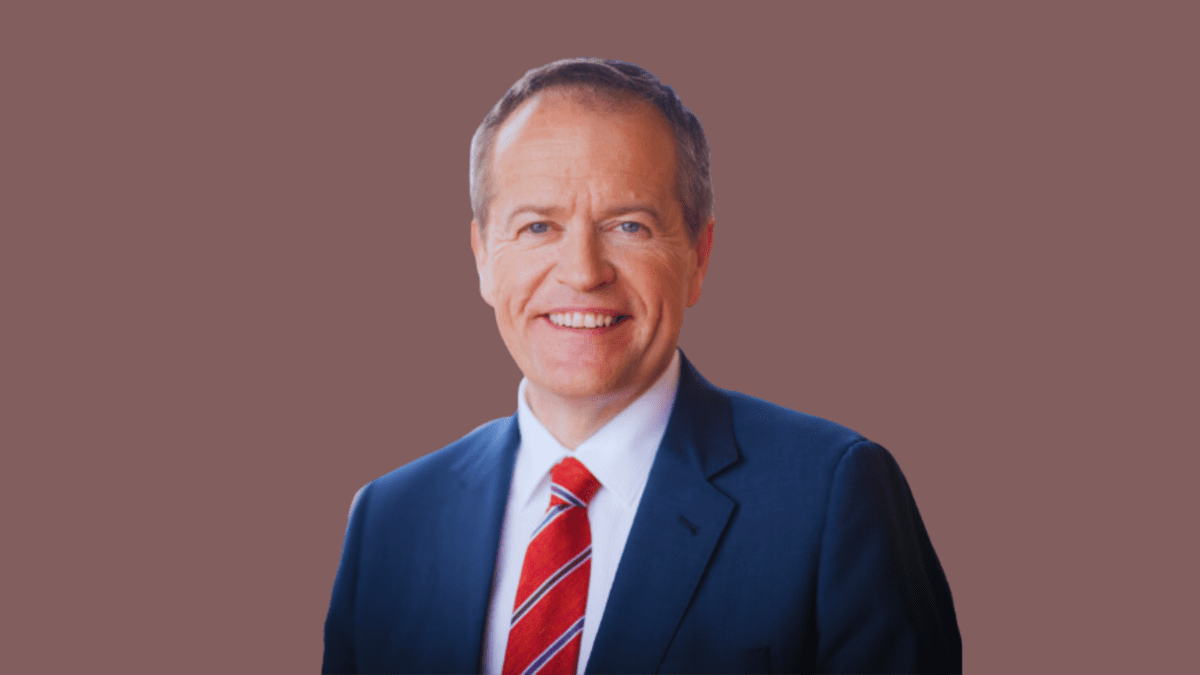Know what you own in the world of GameStop
A recent comment from the chief investment officer of the massive CBUS industry super fund highlighted a theme that is becoming highly prevalent in the industry; the power of momentum.
In an interview following what may be a record financial-year performance of around 19%, the CIO mentioned that the fund had made a $4 million profit from its investment in GameStop (NYSE: GME).
For those with a short memory, GameStop was one of the “meme stocks” caught up in the Reddit-fuelled mania of 2021, when retail investors railed against stocks that were heavily shorted by hedge funds. The volatility was incredible, with the stock moving from US$17 to a peak of US$347 within a month, only to subsequently fall back by 90%.
The stock’s inclusion in the internally managed quantitative strategy run by CBUS was clearly driven by momentum, one of the most powerful ‘factors’ that drive equity market returns.
The questions of transparency and the appropriateness of this investment being included in an superannuation fund aside, this investment raised a number of questions about the trends that are driving investment at the highest level. It also exposed a growing issue with hugely popular ‘passive’ or index strategies that dominate portfolios.
Commenting in a recent article titled “Out of Bounds: Style Drift in the Russell 2000,” Wes Crill of Dimensional Fund Advisers flags the growing risk, in the Russell 2000 index in particular. In fact, Crill compares GameStop to Yao Ming (a 7 foot 6-inch-tall basketball player) visiting a kindergarten. This, he suggests, is the only way to describe the 1.5% weighting that both AMC and GameStop had built in the Russell 2000 Index by May this year.
With a market capitalization exceeding US$15 billion ($20 billion) the company should be too big for that index; and Crill suggests that investors in the index would be ‘surprised to learn’ that it doesn’t end there. “The list of holdings inconsistent with the index’s definition goes much deeper that GameStop,” he says; the issue is caused by “infrequent rebalancing,” likely combined with strong momentum.
According to FTSE Russell, these indices undergo an annual reconstitution event at the end of every June, where additions and removals are both made. The issue, of course, is that indices weren’t made for the fast-moving, high-frequency trading that occurs today, nor the huge popularity of quantitative strategies driven by price momentum.
Crill says that if you compare the combination of annual rebalancing and the popular momentum trade to “skipping lawn mowing for a few months,” you will “get the picture.” The result, shown in a series of charts, is an exposure of up to 16% of the index’s weight accounted for by stocks that by definition should not be included in it at all.
Crill highlights the impact this less-than-efficient indexing can have, by virtue of the fact that most outperformance from the so-called “size premium” typically comes from a smaller cohort of stocks. As always, it pays to know what you own.










